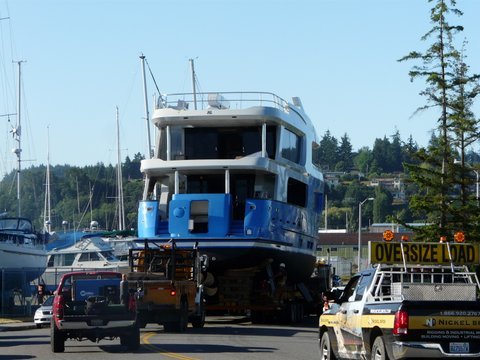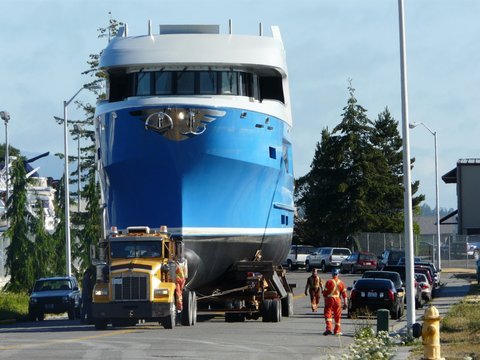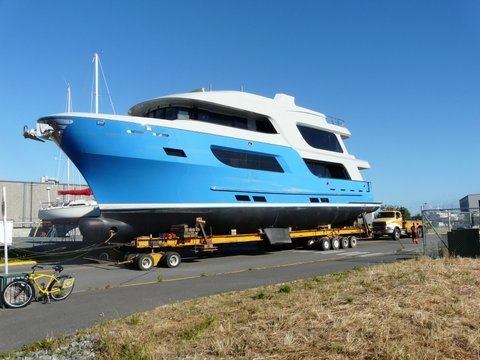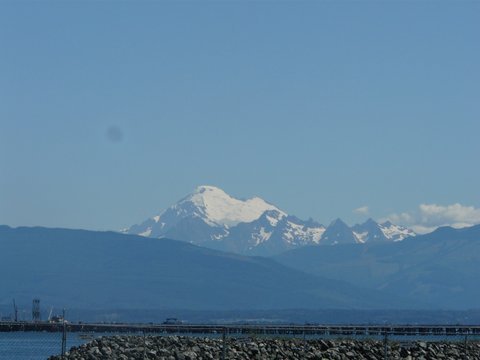Delfin
Grand Vizier
- Joined
- Jan 20, 2010
- Messages
- 3,821
Stability is not a value but a range of values. The Coaster has some range of heel angle that if exceeded will cause her to turn turtle. The greater the distance between the center of buoyancy and the center of mass, the lower the range of stability. A sailboat is unstable upside down while the Coaster or the Baden would be quite happy in that position. There is even an advantage to having a lot of boat above the water in reduced roll rate, which is more comfortable than something snappier. Anyone who has been on a sailboat that has been dismasted will attest to how crazy the motion is for this very reason. It is also why they are building cruise ships so tall - they roll, but slowly. The tradeoff is that once the vessel exceeds that roll people die. In Baden's case, even if properly ballasted she is a dead duck at a heel angle greater than 65%, as far as I remember. I can think of lots of conditions offshore where even a 90' boat can be rolled through 65 degrees and if that happened to Baden she'd be a goner.For a Florida Bay Coaster the name says it all. Not intended for passage making.
So when I see a boat like the Florida Coaster, I assume that she is well ballasted, but also know that when you start putting cars on the upper deck you want to avoid offshore conditions, which is how she is recommended to be used.










